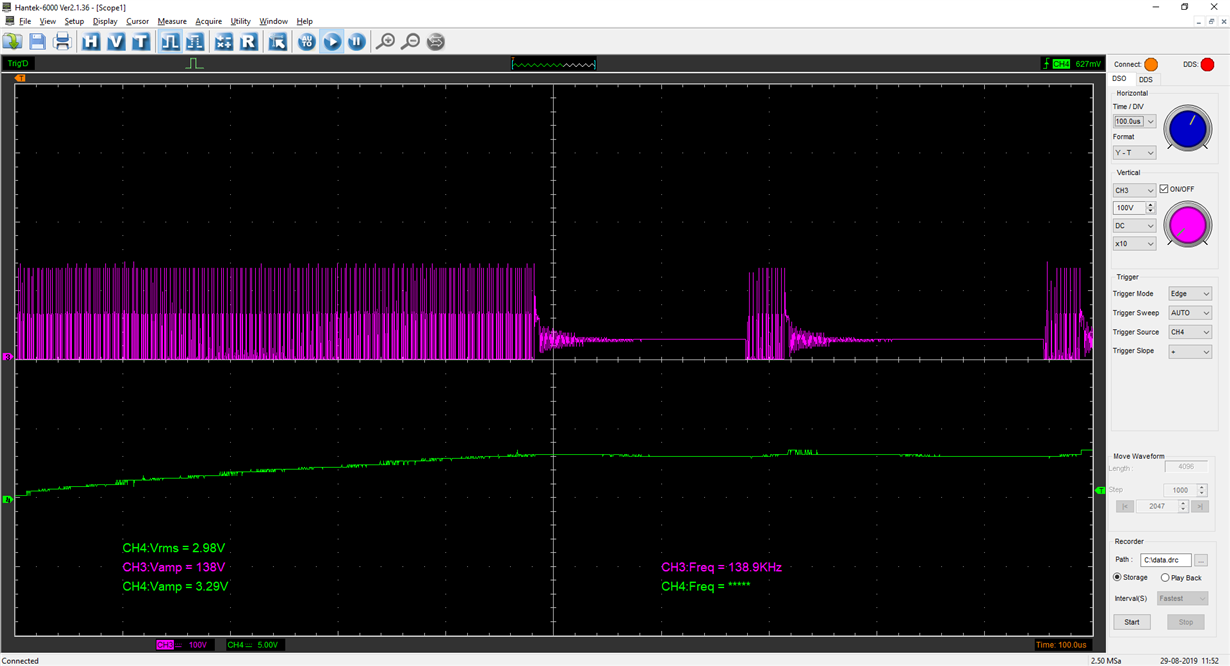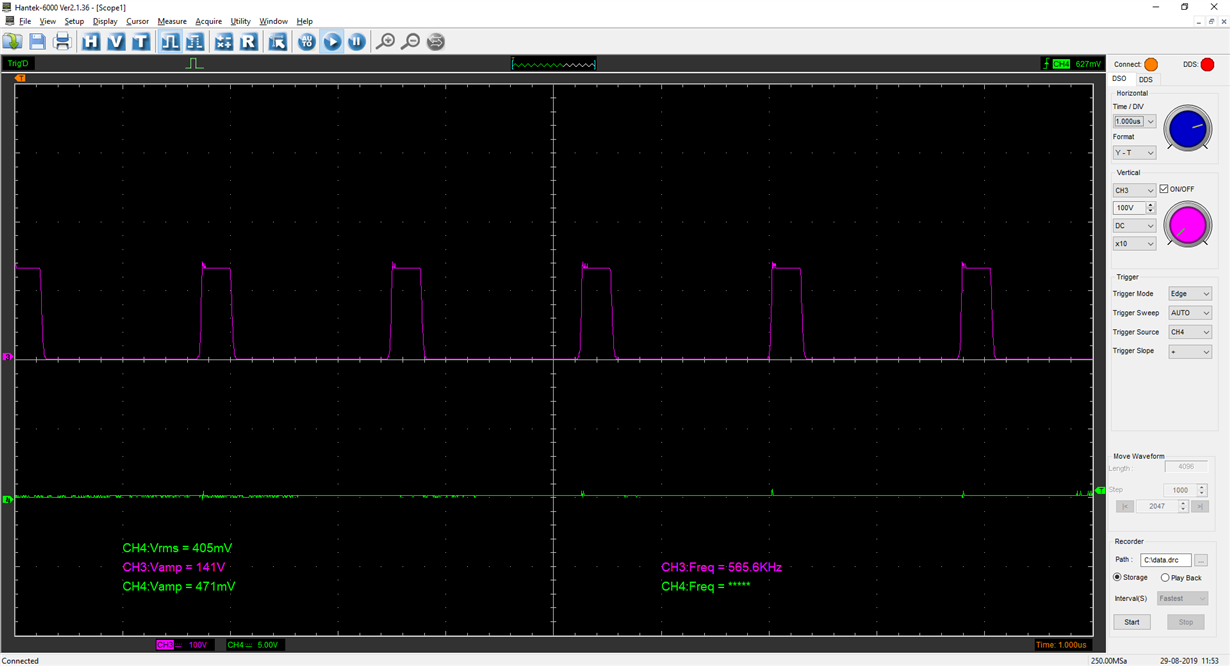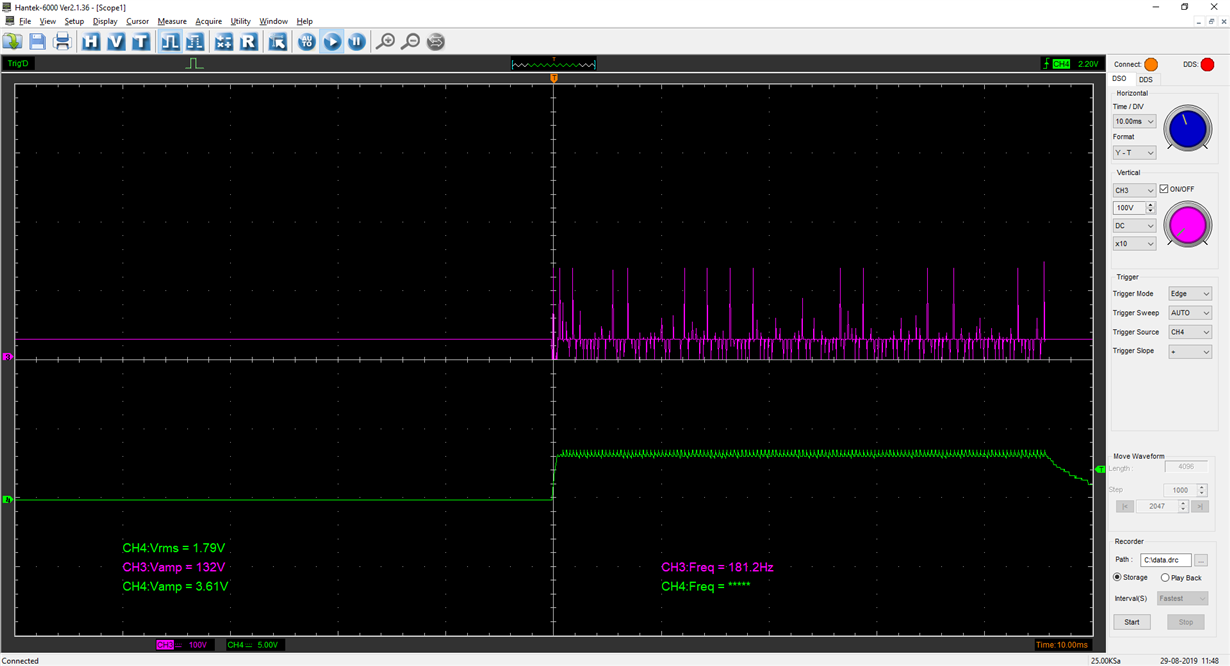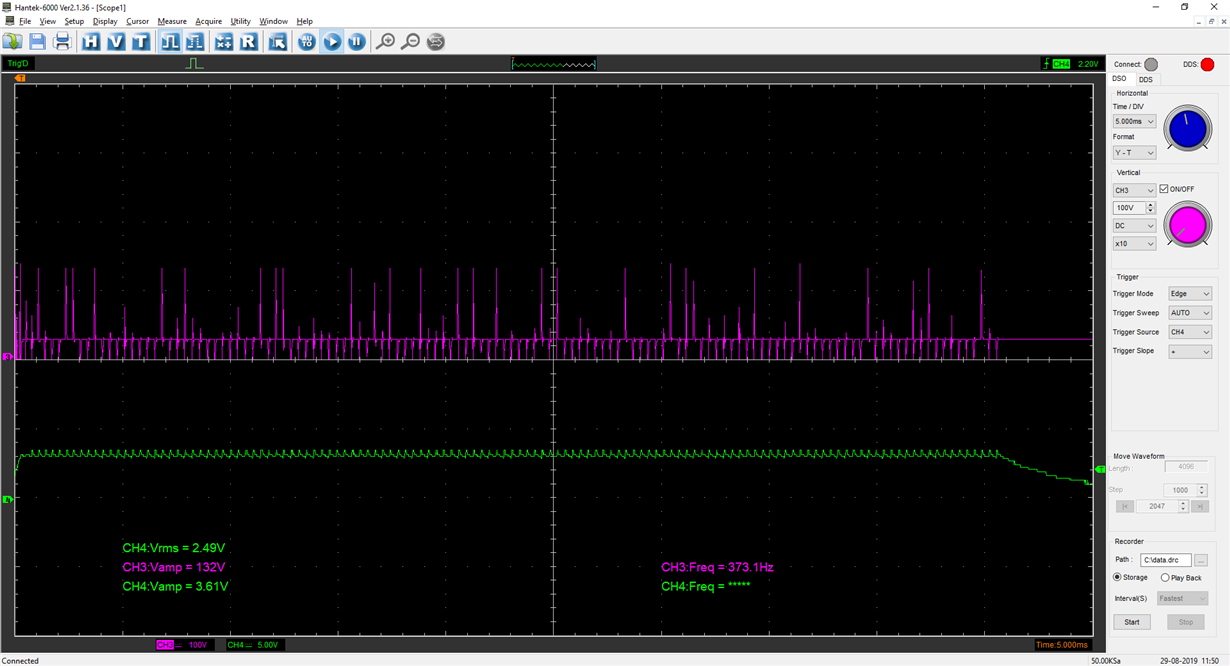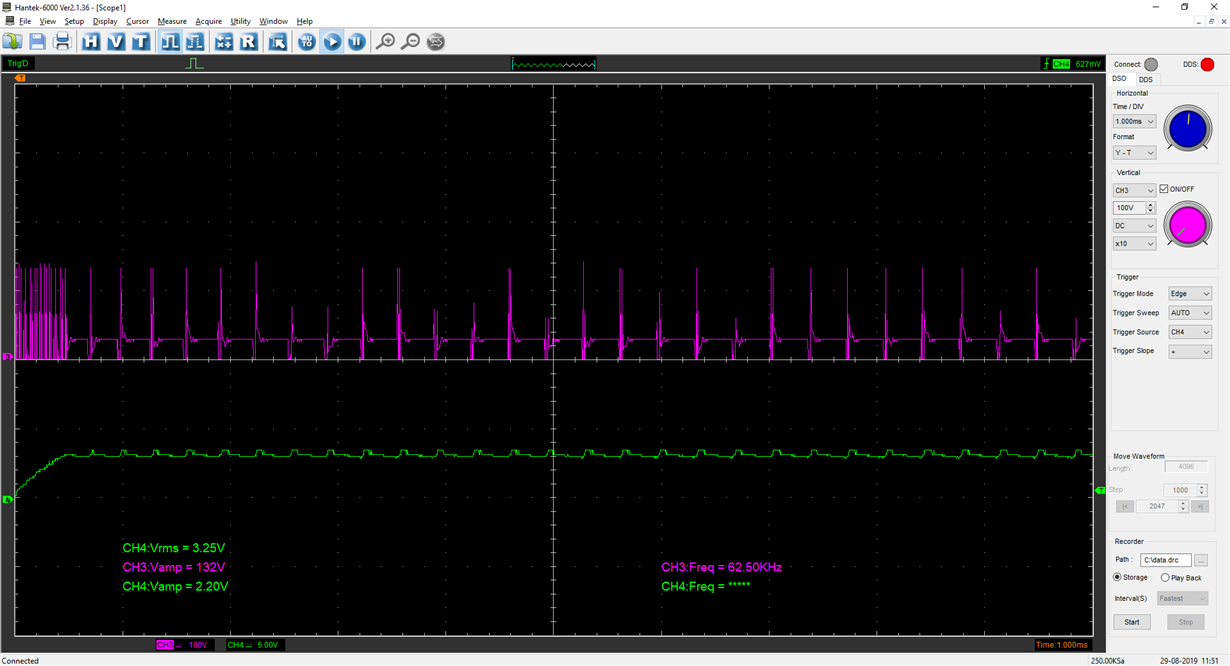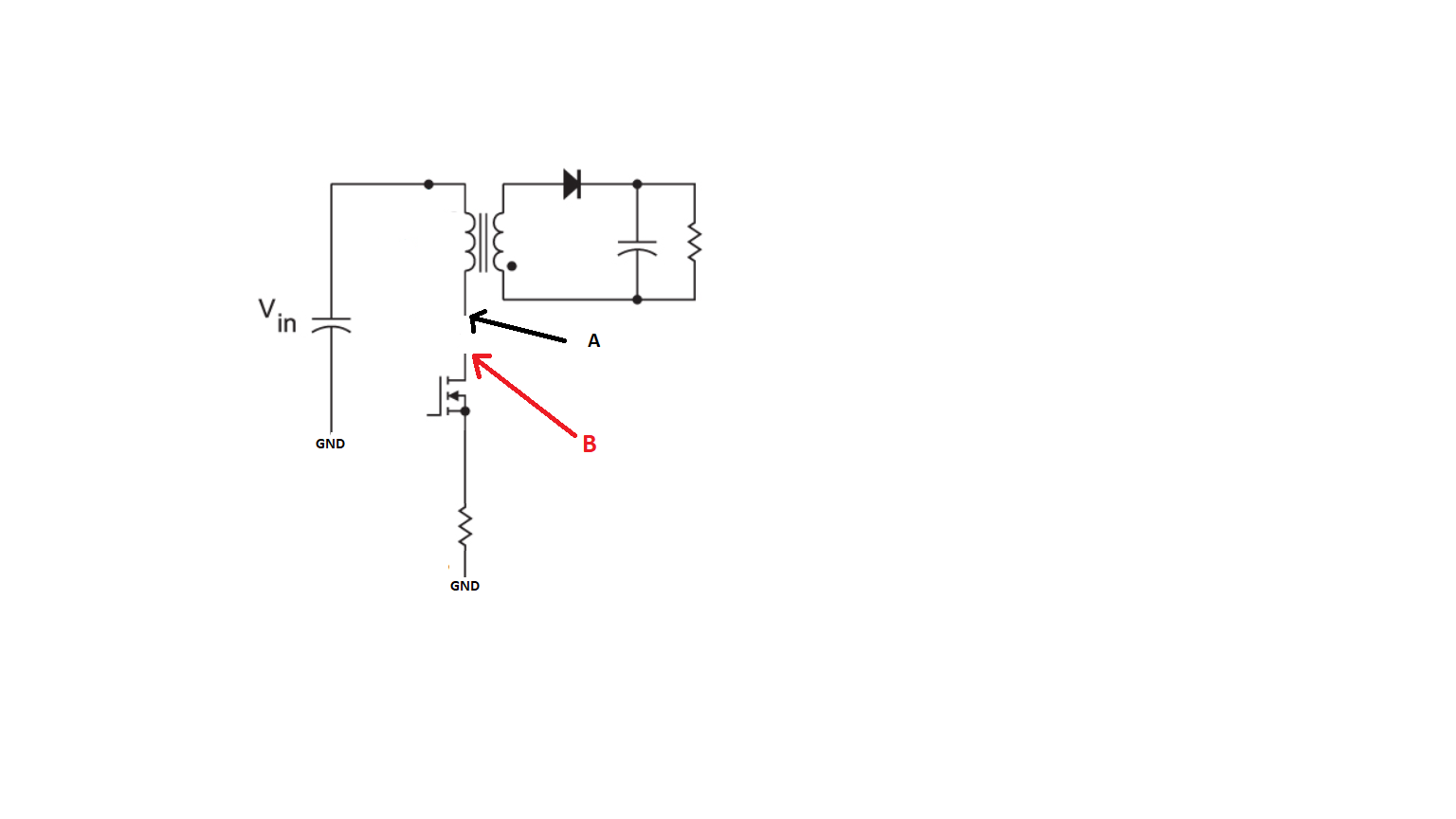Other Parts Discussed in Thread: LMV431
Tool/software: WEBENCH® Design Tools
We are students and we try to design isolated dc-dc converter for our PLC project. We use UCC28C43D driver. Our project was designed by WeBench Power Designer (link to design webench.ti.com/.../6). When we tried to start up DC-DC feedback didn't work. We analysed device behaviour and found one problem. Resistor R12 had very small value and internal power supply was overload. We changed R12 to 1 kOhm resistor and voltage feedback was ok. But DC-DC behaviour wasn't ok. DC-DC had discontinuous operation. What could be the reason?





